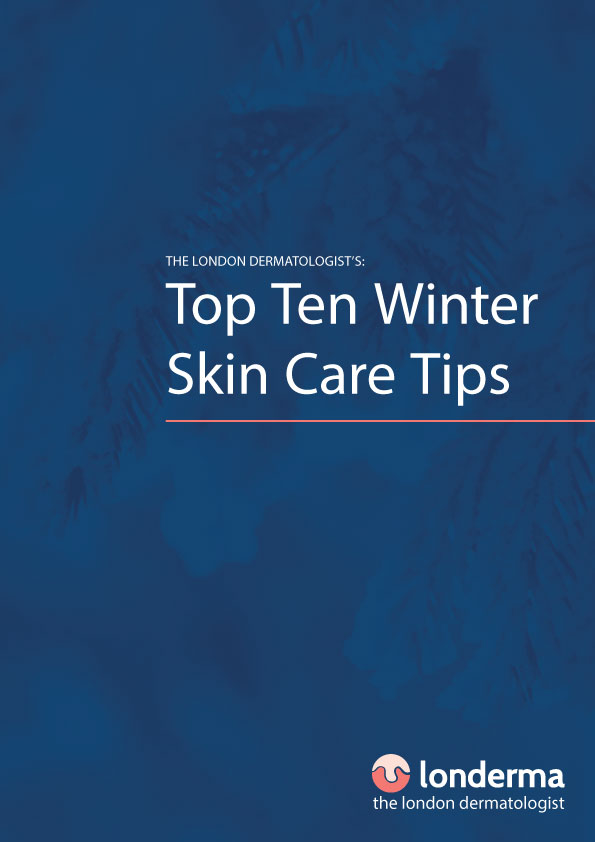Video consultations now available

Call me weird, but I love rosacea. I like flushing too. Treating it I mean. People with severe facial flushing can be absolutely debilitated by it. I’ve had patients who have been unable to go to work and have had to give up sports and the activities, such as dancing, that made them feel fulfilled in life. I find treating these people immensely rewarding and I always gladly accept the challenge.
We all flush, but some, much much more than others. Facial flushing is caused by the body’s nervous system diverting more blood to the surface which makes the skin appear red and feel warm or even painful. It’s quite normal to flush when exercising or when overheating and normally flushes last a few minutes.
For some people though, flushes can become a major problem which seriously affects their lives. For these people, who have a common skin condition called rosacea, flushes come on very easily, perhaps after a cup of tea or under a little emotional pressure for example at a work meeting. The flushes last much longer, perhaps a couple of hours and can be unsightly, uncomfortable and significantly affect confidence.
Some people talk about keeping rosacea diaries and avoiding the things that make it worse. Well, those tend to be the great or just normal things in life; like exercise, a cup of coffee or tea, walking the kids to school on a cold day, perhaps a glass of wine. For most people keeping a flushing diary is quite useless and I don’t bother suggesting it.
Antibiotics, either topical (a cream or ointment) or by mouth are also probably almost useless for people with pure flushing rosacea, although they are a great treatment for rosacea with spots or any inflammation. I find other doctors have (understandably) often put patients with pure flushing rosacea on antibiotics. I usually discontinue them however.
‘Topical vasoconstrictor medications’ such as brimonidine were a new and exciting prospect for people with flushing rosacea when they became available in 2015. These creams reduce daily blood flow within about half-an-hour of application, thereby reducing redness. The effect can last all day after a single application. The problem unfortunately is that these creams don’t suit everybody and people will often experience a marked rebound flush after a few days making them difficult to use. I often suggest a cautious trial. For people that can’t use it regularly, they may be able to keep a tube handy for application when they need control, perhaps before an important social or work event.
Tablet treatments can be very helpful, most usefully clonidine, a blood pressure medication, taken two or three times a day. This has the fortunate side effect in some people of providing excellent facial blood flow control. The dose can be pushed up quite high under supervision from a dermatologist.
Other drugs that can sometimes be useful are fluoxetine, carvedilol and mirtazapine. Propranolol, a ‘beta-blocker’, is sometimes used, but it is not especially effective in my experience, although it does help with anxiety. All of these medicines are unlicensed in rosacea (meaning that using them to treat rosacea differs to how they were originally intended to be used).
The most effective solutions in my experience are light treatments such as intense pulsed light (IPL) or pulse-dye laser. In trained hands and using the correct energies, these devices can hugely improve flushing symptoms with benefits lasting several years after a course of four-to-six treatments. They reduce rather than eradicate redness and also reduce the tendency to flush and the flush duration.
I almost always undertake test patches before going ahead with full-face treatments. Different people need different energies to be effective. My aim with IPL(Intense Pulsed Light) is to treat just below the threshold that causes bruising, but which maximises the chance of treatment working.
Seeing a dermatologist with experience in these specific treatments is advisable however. Pulsed dye laser is a stronger treatment that I use for people who would like a quicker fix or who don’t respond to IPL (which works in about 80% of people in my experience).
So if you have rosacea please don’t despair, there is plenty that can be done to make you look and feel better.
Please feel free to download my eBook of Winter Skin Tips using the link below.
With best wishes
The London Dermatologist
 eBook Download: Top Ten Winter Skin Care Tips
eBook Download: Top Ten Winter Skin Care Tips